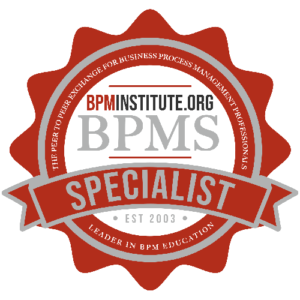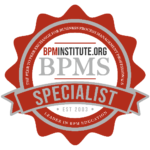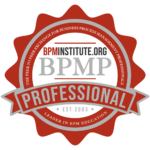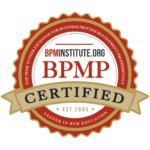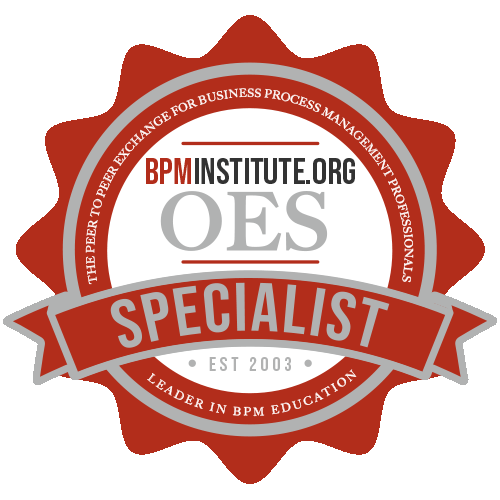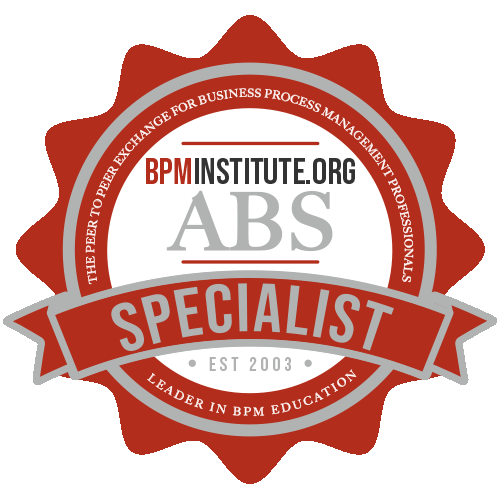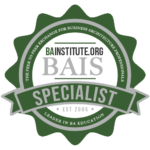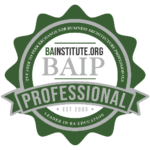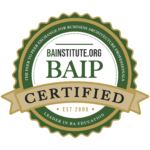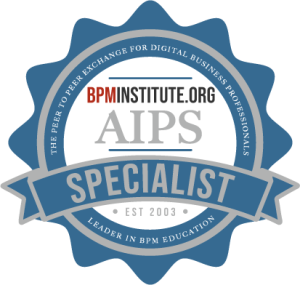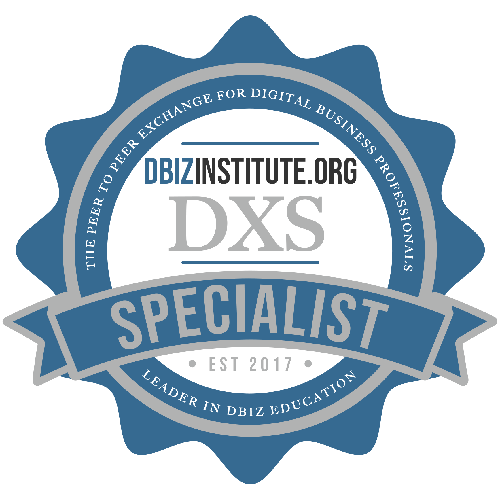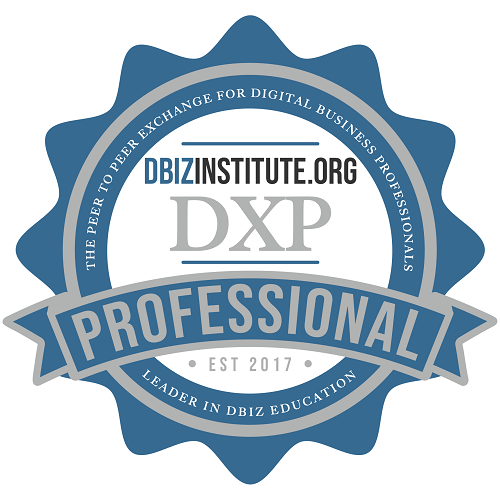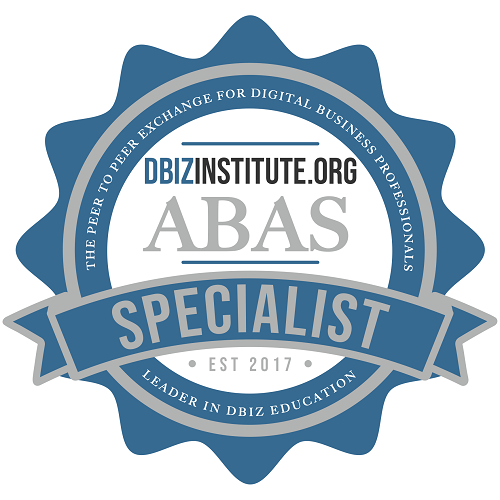Home / Resources
Resources
Discover a Wealth of BPM Knowledge and Expertise at BPMInstitute.org!
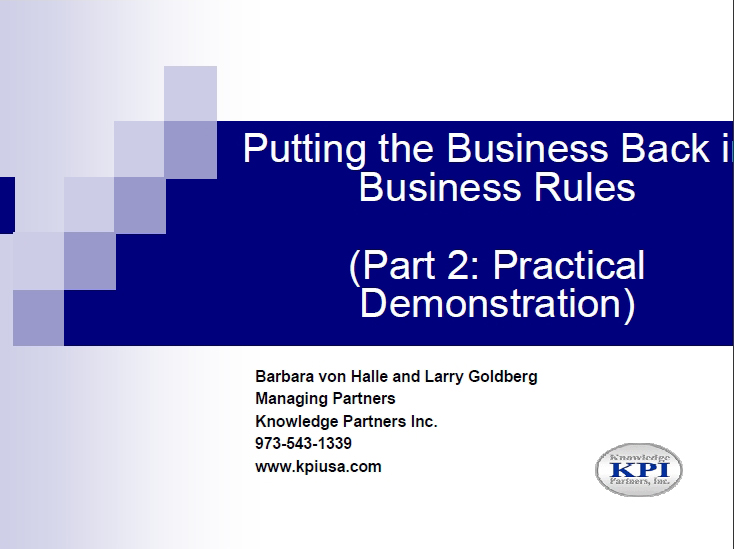
Putting the Business Back in ‘Business Rules’ (and keeping it there) Part 2
This is Part 2 of a 2-part KPI webinar series. Part 1 introduced the Rule Maturity Model and focused on the requirements and benefits of Rule Maturity Model Level 2. That’s because Level 2 is the most common target level among organizations today. It is also the level at which today’s standards, methods, and technology come together. Part 1 also provided insight into the kind of software functionality needed for an organization or project to explore all aspects of Rule Maturity Model Level 2.

Build your SOA: Maturity and Methodology, Part II
SOA maturity model is a term that I coined in an attempt to help organizations define architectural guidelines and a process for achieving a greater level of maturity and predictability in their overall information technology (IT) architecture initiatives. The model described in this article is designed to enable your organization to identify itself on a scale of 1 to 5 (with 5 being the most advanced, or mature, level) in terms of architecture maturity.
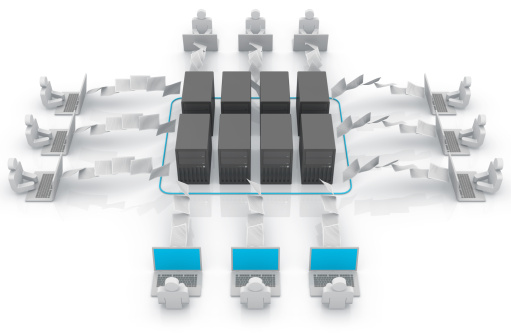
Determining Your BPM Software Requirements
“A software package implemented using phantom business requirements, or those born of the IT developers’ imagination, will most likely generate discord, inefficiencies, and occasional outright resentment of the tool.”
-unknown author

BPM ROI For IT, Business, and User Communities
It is always exciting to see successful BPM deployments. Recently, I heard of a substantive BPM project that went live within five weeks, with tangible ROIs! That is unheard of when compared to traditional “Java” or “.NET” based development approaches. One of the main reasons BPM is fast becoming mainstream is precisely because of the tangible ROI one can achieve through a well designed and thought through BPM solution. BPM is known to yield considerable ROI in the majority of projects. Where do the benefits and the returns on investment stem from?
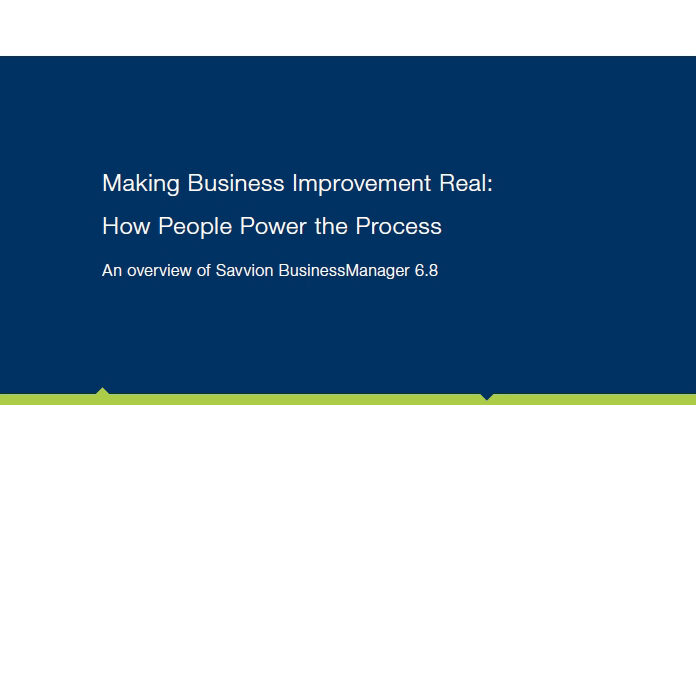
Making Business Improvement Real: How People Power the Process – An Overview of Savvion BusinessManager 6.8
Business improvement—increasing efficiency, quality and customer satisfaction while cutting costs—should be the goal of every person working. What’s not to like about conducting business faster, better and more profitably? But all these great management theories need help working in the real world. This white paper highlights how Business Process Management (BPM) can successfully identify and improve business processes based on how people work.
Preliminary Findings of BPMInstitute.org’s State of BPM(SM) Research
In June 2006, BPMInstitute.org initiated a survey of its 24,000 member community to gain an understanding of how enterprises across a range of industries are pursuing business process innovation and improvement and to what degree these activities are strategically aligned to the companies’ business transformation and growth objectives.
The survey, entitled BPMInstitute’s State of Business Process Management (BPM)SM, obtained critical insight into how corporations approach business process management and improvement initiatives, evaluate and acquire BPM infrastructure and d
Four BPM Lessons Learned
After a number of engagements with clients who are in the middle of BPM projects I’m developing a growing collection of “lessons learned”. Four of these lessons come up time and time again when I’m called in to support a BPM initiative, often when it is already going off the rails.
Don’t even start the project without having a clear business outcome in mind

Business Rules, Business Process, and Compliance
One of the key uses of business rule management systems (BRMS) and business process management systems (BPMS), is to help with issues of compliance. The growth of regulations such as Sarbanes-Oxley and HIPAA, as well as long standing regulation in areas such as Insurance and banking means that more companies have to deal with compliance than ever before. Many companies are turning to technology to address the issues this growth of regulation brings.
There are many challenges that come with compliance, but three are particularly relevant when considering how technology might help.

BPM Success Requires a Change in the Mindset of Leadership
![]()
This article originally appeared in the members-only quarterly BPM Strategies Magazine. Join today to receive your own copy.

Accelerating BPM and BRs: Why, How and Who Is Doing What?
Barbara von Halle is the founder of Knowledge Partners, a company leading clients through successful business rules projects through the licensing of KPI STEP, a Business Rule Management Took Kit. Von Halle is a pioneer in Business Rules and received the Outstanding Individual Achievement Award from the International Data Management Association. As a journalist, she wrote for Database Programming and Design Magazine and co-authored several books.
Understanding Innovation: What Exactly is Innovation, and how does Innovation Happen?
Unless a company can innovate, it will be left behind in the brave new world of total global competition. But, what exactly is innovation, and how does innovation happen? These are the most important business questions of our times.
Unless a company can innovate, it will be left behind in the brave new world of total global competition. But, what exactly is innovation, and how does innovation happen? These are the most important business questions of our times. Join Peter Fingar for the Inaugural Round Table of our dedicated Innovation “section” on BPMInstitute.org.

Business Architecture: Aligning Strategy & Deployment
Business architecture is, as my co-chair Ken Orr has said, the “missing link” in the architecture puzzle. While our first architecture conference this past spring focused on Enterprise Architecture, we found a groundswell of support from our attendees and analysts for drilling into the specifics of Business Architecture.
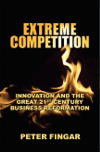
The Innovation Imperative
What strikes fear in the hearts of today’s business leaders? Commoditization and Globalization. Unless a company can innovate, it cannot make margins and will be marginalized as a commodity player. Unless a company can innovate, it will be left behind in the brave new world of total global competition. But, what exactly is innovation, and how does innovation happen? These are the most important business questions of our times.
In this first of a three part series excerpted from the book, Extreme Competition: Innovation and the Great 21st Century Business Reformation, we will explore the many facets of innovation and distinguish between Business Innovation and the conventional notions of research and invention.
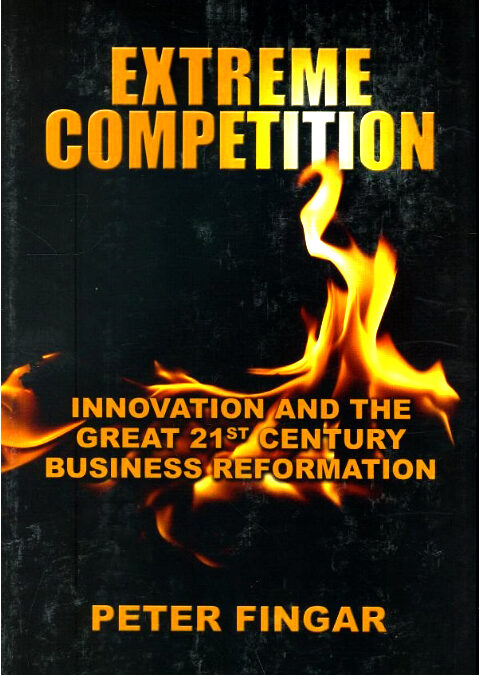
The Innovation Imperative Part 1 of 3
What strikes fear in the hearts of today’s business leaders? Commoditization and Globalization. Unless a company can innovate, it cannot make margins and will be marginalized as a commodity player. Unless a company can innovate, it will be left behind in the brave new world of total global competition. But, what exactly is innovation, and how does innovation happen? These are the most important business questions of our times.
This complimentary chapter, exclusively for BPMInstitute.org members, is the first of a three part series excerpted from Peter Fingar’s latest book Extreme Competition: Innovation and the Great 21st Century Business Reformation.
In part 1 we will explore the many facets of innovation and distinguish between Business Innovation and the conventional notions of research and invention.
Build your SOA: Process and Methodology, Part I
Introduction
SOA projects tend to be large initiatives with a lot of risk and potential reward associated with them. The Return on Investment (ROI) on a SOA project is sometimes very hard to quantify (and thus hard to sell), which brings about the need for a solid process and methodology to ensure the success of an SOA project.
A SOA is a set of tools, technologies, frameworks, and best practices that enable the quick and easy implementation of services.
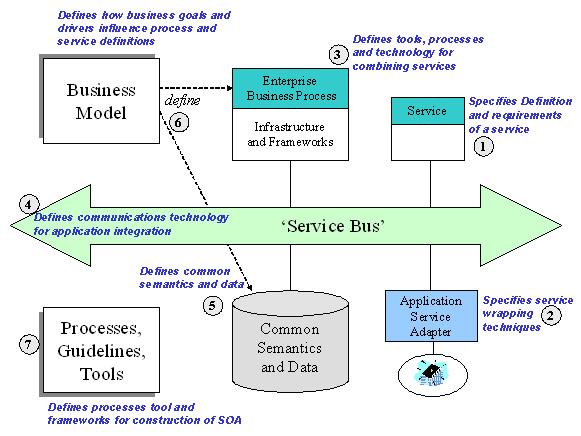
Key Components of SOA
I’m excited to be joining the team of contributors to the SOA Institute. In my first article, I’ll provide my definition of SOA and describe what I think are the key components of an SOA. You will see that I take an enterprise view of SOA.
The Compliance Journey – Balancing Risk and Controls with Business Improvement
Vince Sumpter has over 20 years of experience in Performance Management, data warehousing, and related areas and sees a synergy between process management, performance management, and controls transformation. The new regulatory environment demands compliance, but most of the present efforts are manual and specific only to the rules with little regard to how the changes could improve the business. Sumpter sees process, performance, and controls all coming together to give new value to the enterprise.
Sumpter says there is a lot of buzz now about Sarbanes Oxley (S-O).

BPMS Watch: Standardizing Management of Process Performance
I recently attended an event where experienced BPM vendors, analysts, academics, and user organizations came to discuss what needs to come next in terms of technical standards, software capabilities, and overall business value from business process technology. The event was hosted by OMG, the standards organization behind the Business Process Modeling Notation standard used for process modeling and, increasingly, for business-driven process design.

Doing Business Architecture
It is hard for your organization to have an agile organization these days if your IT systems and infrastructure aren’t. Enterprise Architecture and specifically Business Architecture is aimed at helping organizations become truly agile.
A couple of years ago I wrote an article entitled “The 3 faces of Enterprise Architecture”.

BPM is Art as Well as Science
The release of the Academy Award nominations last January might seem to have little to do with business process management. But it does. In many ways, movies are the quintessential process industry.
